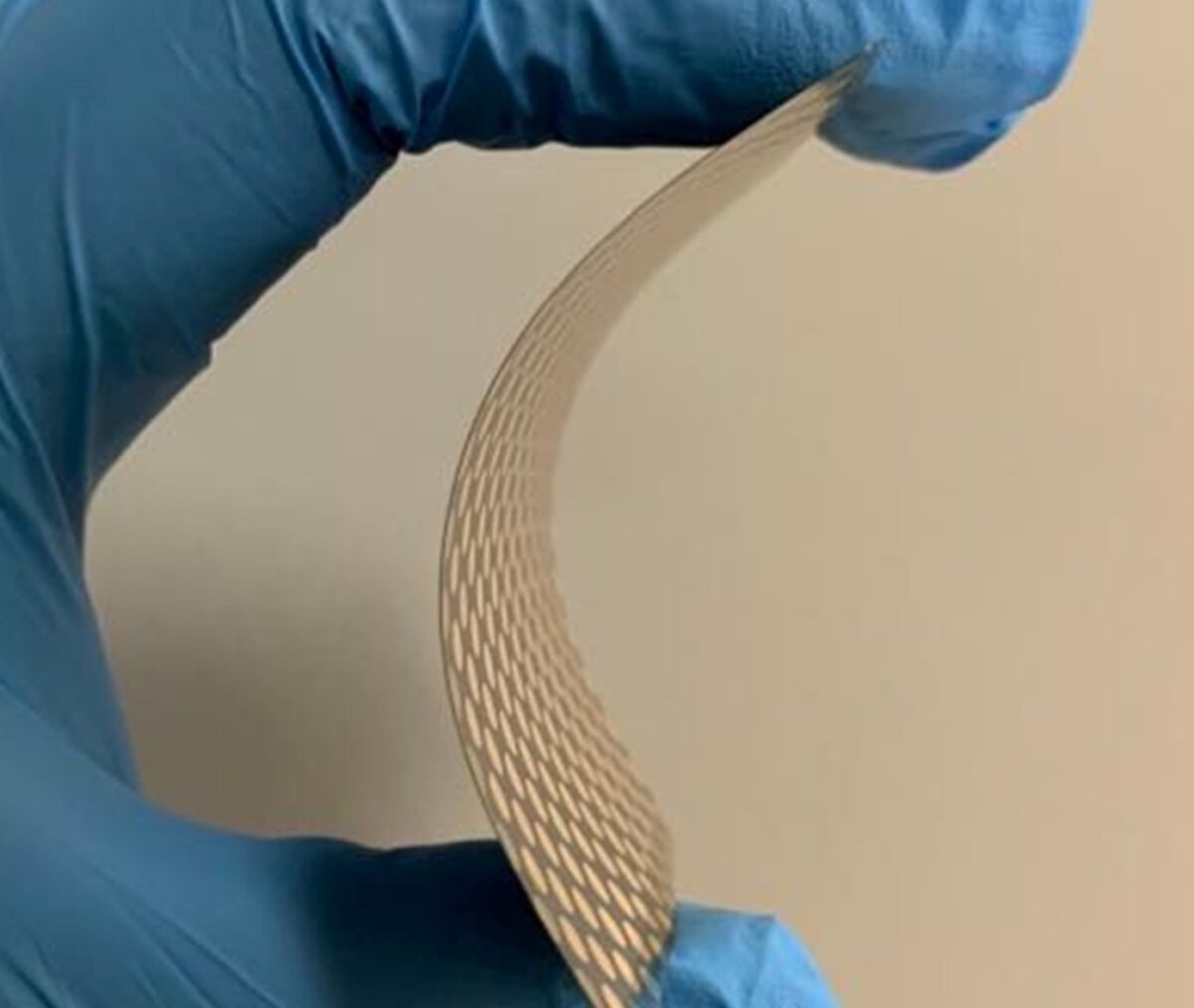Researchers from the University of Toledo in the United States have developed a flexible cadmium telluride (CdTe) solar cell based on an indium gallium oxide (IGO) emitter layer and a cadmium stannate (CTO) transparent conductor as the front electrode.
“A sputtered cadmium selenide (CdSe) layer was employed to incorporate Se into a CdTe absorber that was deposited by close-space sublimation, and copper(I) thiocyanate (CuSCN) was used as a hole transport layer between the CdTe and the back metal electrode,” the research's author, Manoj Kumar Jamarkattel, told pv magazine. “This device configuration offers great promise for building integrated photovoltaics, space applications, and higher-rate manufacturing.”
The scientists built the cell with a superstrate based on Corning Willow Glass, which is a flexible, ultra-thin glass manufactured by multinational technology company Corning with its own proprietary fusion draw process. They produced the CTO transparent conductor by sputtering in conjunction with a proximity anneal with CdS. The front buffer layer was comprised of an IGO alloy, prepared by co-sputtering.
Furthermore, they prepared the cell absorber by first depositing CdSe by sputtering followed by CdTe deposited by close-space sublimation. CuSCN was used as a Cu doping source and a hole-transporting back-buffer layer. The cell also relies and a gold (Au) metal contact and an anti-reflecting (AR) coating.
Tested under standard illumination conditions, the cell achieved a power conversion efficiency of 17.2%, an open-circuit voltage of 861 mV, a short-circuit density of 27.8 mA/cm2, and a fill factor of 71.7%. Under air mass zero (AM0) illumination for space applications, these values dropped to 14.6%, 861 mV, 32.3 mA/cm2, and 71.2% respectively.
“We used IGO and CuSCN as front emitter and back contact buffer, respectively,” the scientists explained. “This helped to further improve the open-circuit voltage. IGO has favorable band alignment with the absorber, which minimizes carrier recombination at the front, and CuSCN helps to minimize recombination at the back interface.”
The research group added the cell achieved the highest reported device efficiency for flexible CdTe solar cells to date.
The device was presented in the paper “17.2% Efficient CdSexTe1−x solar cell with (InxGa1−x)2O3 emitter on lightweight and flexible glass,” published in Applied Physics Letters.
The University of Toledo developed several types of CdTe solar cells over the past years. The devices include, among others, a 20%-efficient cell based on a commercial tin(IV) oxide (SnO2) buffer layer and a 17.4%-efficient device using a layer of copper-aluminum oxide to the rear side of the CdTe thin film.
This content is protected by copyright and may not be reused. If you want to cooperate with us and would like to reuse some of our content, please contact: editors@pv-magazine.com.




1 comment
By submitting this form you agree to pv magazine using your data for the purposes of publishing your comment.
Your personal data will only be disclosed or otherwise transmitted to third parties for the purposes of spam filtering or if this is necessary for technical maintenance of the website. Any other transfer to third parties will not take place unless this is justified on the basis of applicable data protection regulations or if pv magazine is legally obliged to do so.
You may revoke this consent at any time with effect for the future, in which case your personal data will be deleted immediately. Otherwise, your data will be deleted if pv magazine has processed your request or the purpose of data storage is fulfilled.
Further information on data privacy can be found in our Data Protection Policy.